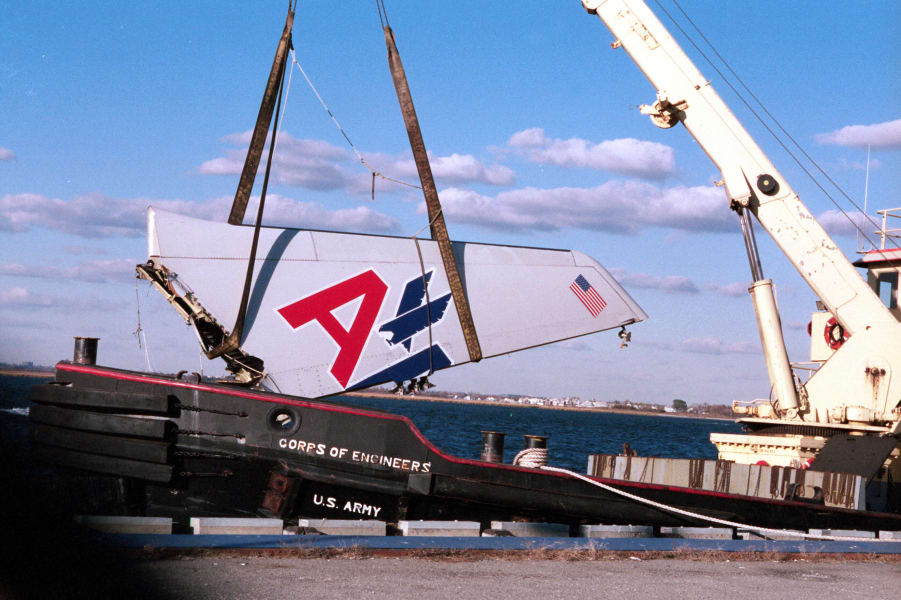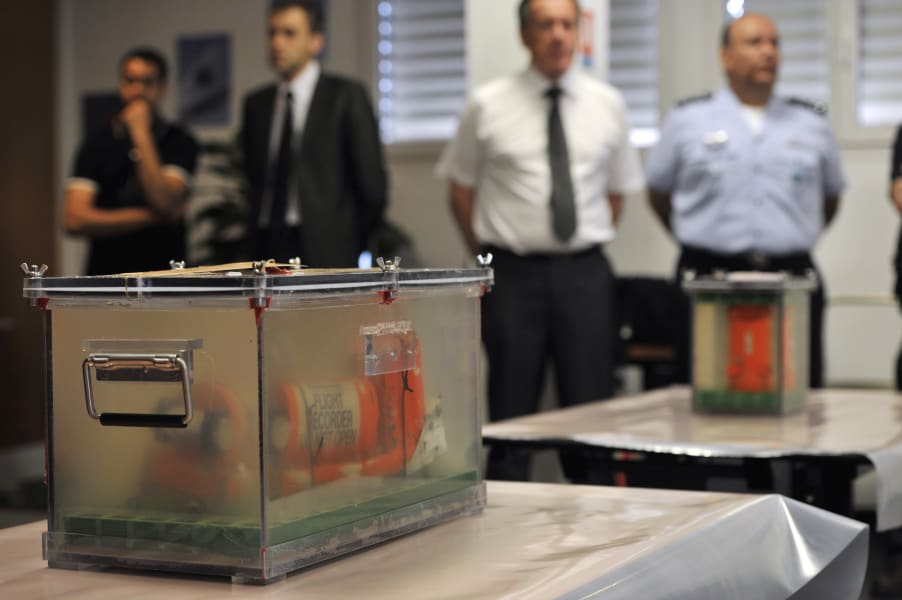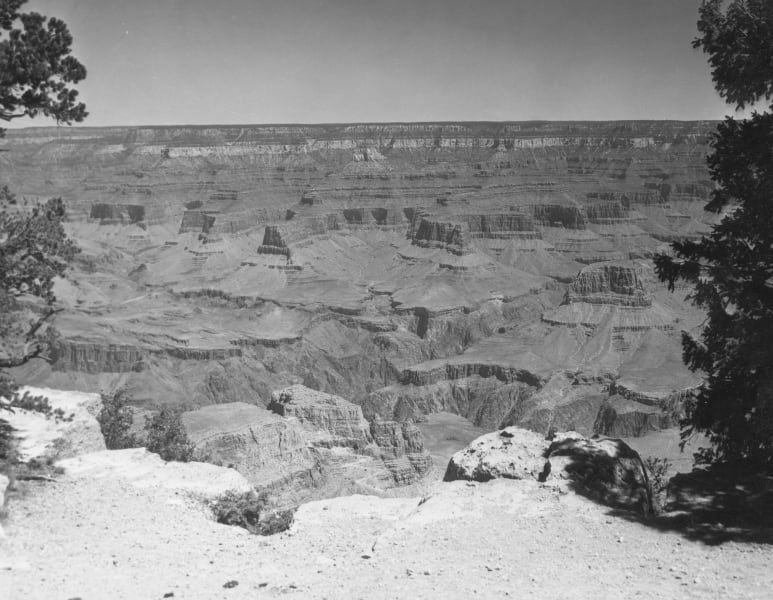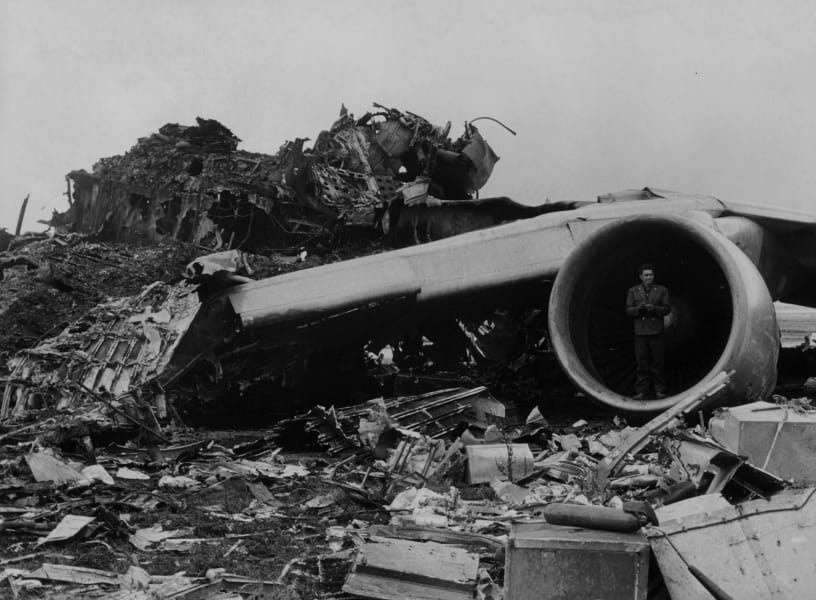Share
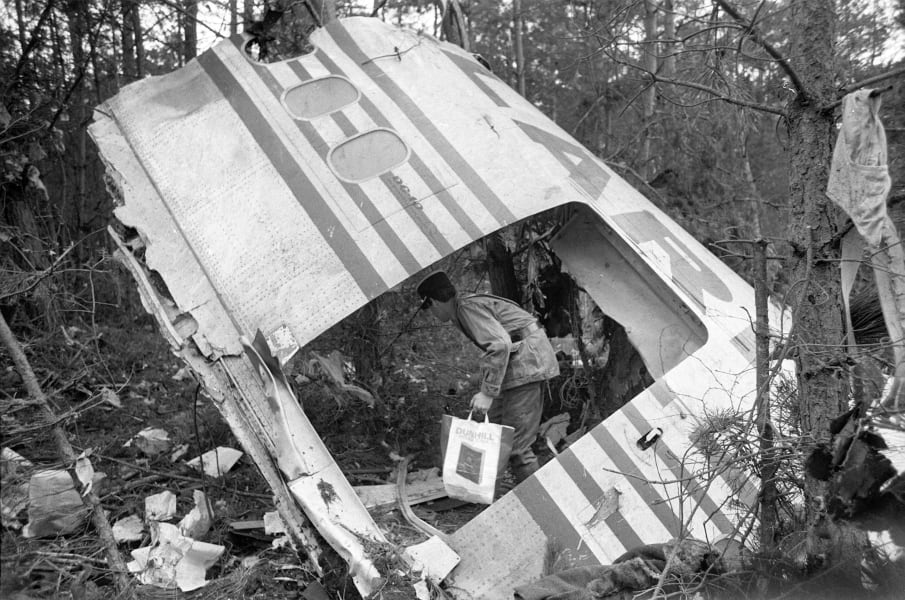

1 of 10
A cargo door blew off Turkish Airlines Flight 981 outside Paris in 1974 while the plane was in the air, causing cabin pressure to drop and eventually leading to a section of the cabin floor to collapse. The accident ultimately led to an industry-wide change in design limiting the possibility of depressurization. STF/AFP/Getty Images
In 1956, a TWA jet crashed into a United Airlines flight above the Grand Canyon. The incident highlighted the need for better communication between planes. A few years later, the Federal Aviation Administration (FAA) was formed to set guidelines for aviation in the United States. Three Lions/Hulton Archive/Getty Images
In 1977, two planes collided on the runway at Los Rodeos Airport (now Tenerife Norte Airport). Like the incident over the Grand Canyon, the crash illustrated the need for better communication between pilots and air traffic control. Soon after, there was a push to standardize air traffic control phraseology. Central Press/Getty Images
A fire started behind the bathrooms of Air Canada Flight 797 while it was flying over Kentucky in 1983. Though the pilot was able to make an emergency landing, only half the passengers escaped in time. Afterward the FAA required all aircraft bathrooms to be equipped with smoke detectors and fire extinguishers. Kevork Djansezian/Getty Images
In 1985, a British Airtours 737 caught fire before take-off at Manchester International Airport. Though the pilot followed protocol, the seats were placed too close to each other, making it impossible for some passengers to escape. After the incident, plane manufacturers changed the internal layout to make evacuation easier. Keystone/Getty Images
A Japan Airlines Boeing 747 crashed in the mountains outside of Tokyo in 1985 as the result of a poorly executed repair. After the accident, repairs to older aircraft were monitored much more closely. STF/AFP/Getty Images
In 1988, while flying at 24,000 feet, a large section of the roof blew off of Aloha Airlines Flight 243 while en route to Honolulu. The plane -- a Boeing 737 -- was 19 years old, and investigators blamed the incident on age-related wear and tear. The FAA created the National Aging Aircraft Research Program, which monitors the structural integrity of older planes. Justin Sullivan/Getty Images
A reconstruction of a section of fuselage from TWA Flight 800 sits in the National Transportation Safety Board Academy as a teaching tool for air crash investigators. In the aftermath of the 1996 incident, in which the Boeing 747 crashed into the ocean near New York, federal officials issued a new safety requirement mandating certain planes to install a device that would prevent fuel tanks from exploding. Mark Wilson/Getty Images
After the American Airlines Flight 587 crash in 2001, the NTSB ruled the first officer was excessive in his use of rudder inputs, which ultimately led to the tail fin snapping off. Since the accident, American Airlines has updated their pilot training program and the FAA has implemented new training regulations for pilots. Anthony Correia/Getty Images
Both the Air France 447 crash in 2009, which took nearly two years to recover, and the more recent incident involving Malaysia Airlines Flight 370 have spotlighted the need for better access to data for investigation purposes. On the heels of AF447, the European Aviation Safety Agency have recommended plane manufacturers retire "obsolete recording technologies." Mehdi Fedouach/AFP/Getty Images

